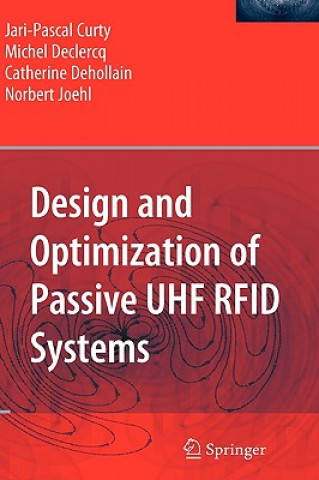
Kód: 01381981
Design and Optimization of Passive UHF RFID Systems
Autor Jari-Pascal Curty, Michel Declercq, C. Dehollain, N. Joehl
Radio Frequency IDentification (RFID) is an automatic identification method, relying on storing and remotely retrieving data using devices called RFID tags or transponders. An RFID tag is a small object that can be attached to or ... celý popis
- Jazyk:
 Angličtina
Angličtina - Vazba: Pevná
- Počet stran: 148
Nakladatelství: Springer-Verlag New York Inc., 2006
- Více informací o knize

3313 Kč

Skladem u dodavatele v malém množství
Odesíláme za 12-17 dnů
Potřebujete více kusů?Máte-li zájem o více kusů, prověřte, prosím, nejprve dostupnost titulu na naši zákaznické podpoře.
Přidat mezi přání
Mohlo by se vám také líbit
-

Free Radical
1808 Kč -

Breakthrough Strategies for Predicting Any Market, Second Edition - Charting Elliott Wave, Lucas, Fibonacci, Gann, and Time for Profit
2845 Kč -

History of Ophthalmology
1681 Kč -

Clinical Paediatric Nephrology
14151 Kč -

Great Fire of London
90 Kč -

Harp Song - The Golden Thread
554 Kč -

Red Love
591 Kč
Darujte tuto knihu ještě dnes
- Objednejte knihu a zvolte Zaslat jako dárek.
- Obratem obdržíte darovací poukaz na knihu, který můžete ihned předat obdarovanému.
- Knihu zašleme na adresu obdarovaného, o nic se nestaráte.
Více informací o knize Design and Optimization of Passive UHF RFID Systems
Nákupem získáte 331 bodů
 Anotace knihy
Anotace knihy
Radio Frequency IDentification (RFID) is an automatic identification method, relying on storing and remotely retrieving data using devices called RFID tags or transponders. An RFID tag is a small object that can be attached to or incorporated into a product, animal or person. RFID tag contains antenna to enable it to receive and respond to Radio-Frequency (RF) queries from an RFID reader or interrogator. Passive tags require no internal power source, whereas active tags require a power source.As of today (2005), the ubiquitous computing and ambient intelligence ideas are making their way. In order for these to become a reality, a number of key technologies are required. Briey, these technologies need to be sensitive, responsive, interconnected, contextualised, transparent and intelligent. RFID is such a technology and more particularly passive RFID tags. But, in order to deliver the necessary characteristics that could trigger ambient intelligence, there are some challenges that need to be addressed.Remote powering of the tags is probably the most important. Issues concerning the antenna-tag interface, as well as the rectifier design, that allows the RF signal to be converted to Direct Current (DC) are in pole position. Secondly, the communication link and the reader should be optimized. The RF signal that contains the tag data suffers from a power of four decay with the distance between tag and reader. As a result, both the reader sensitivity and the tag backscattered power efficiency have to be maximized. Long-range powering, as well as sufficient communication quality, are the guidelines of this work.This research project proposes a linear two-port model for an N-stage modified-Greinacher full wave rectifier. It predicts the overall conversion efficiency at low power levels where the diodes are operating near their threshold voltage. The output electrical behavior of the rectifier is calculated as a function of the received power and the antenna parameters. Moreover, the two-port parameters values are computed for particular input voltages and output currents for the complete N-stage rectifier circuit using only the measuredI-V and C-V characteristics of a single diode.Also presented in this work is an experimental procedure to measure how the impedance modulation at the tag side affects the signal at the reader. The method allows the tag designer to efficiently predict the effect of modulator design at system level and gives an useful instrument to choose the most appropriate impedances.Finally, the design of a fully integrated remotely powered and addressable RFID tag working at 2.45 GHz is described. The achieved operating range at 4 W Effective Isotropically Radiated Power (EIRP) reader transmit power is 12 m. The Integrated Circuit (IC) is implemented in a 0.5 m silicon-on-sapphire technology. A state of the art rectifier design achieving 37% of global efficiency is embedded to supply energy to the transponder. Inductive matching and a folded-dipole antenna are key elements to achieve these performances. The necessary input power to operate the transponder is about 2.7 W.
 Parametry knihy
Parametry knihy
Zařazení knihy Knihy v angličtině Technology, engineering, agriculture Electronics & communications engineering Communications engineering / telecommunications
3313 Kč
- Plný název: Design and Optimization of Passive UHF RFID Systems
- Autor: Jari-Pascal Curty, Michel Declercq, C. Dehollain, N. Joehl
- Jazyk:
 Angličtina
Angličtina - Vazba: Pevná
- Počet stran: 148
- EAN: 9780387352749
- ISBN: 0387352740
- ID: 01381981
- Nakladatelství: Springer-Verlag New York Inc.
- Hmotnost: 890 g
- Rozměry: 235 × 155 × 14 mm
- Datum vydání: 25. October 2006
Oblíbené z jiného soudku
-

Building a Transceiver
372 Kč -

Understanding Cryptography
1068 Kč -

Audio Power Amplifier Design
2607 Kč -

International Code of Signals
425 Kč -
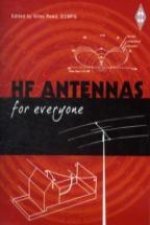
HF Antennas for Everyone
455 Kč -

Dance Music Manual
1415 Kč -

Amateur Radio Mobile Handbook
344 Kč -

Hello Girls
714 Kč -

Beyond VoIP Protocols - Understanding Voice Technology and Networking Techniques for IP Telephony
2662 Kč -
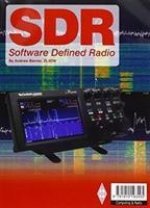
SDR Software Defined Radio
483 Kč -

Chromecast User's Manual Streaming Media Setup Guide with Ex
184 Kč -
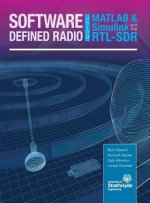
Software Defined Radio using MATLAB & Simulink and the RTL-SDR
2285 Kč -
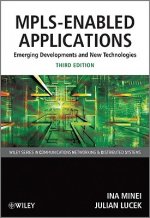
MPLS-Enabled Applications - Emerging Developments and New Technologies 3e
2052 Kč -
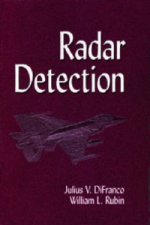
Radar Detection
4204 Kč -

Tactical Wireless Communications and Networks - Design Concepts and Challenges
4058 Kč -

Technical Handbook for Satellite Monitoring
1985 Kč -

Voice over LTE - VoLTE
3503 Kč -

Antenna Theory - Analysis and Design 4e
4667 Kč -
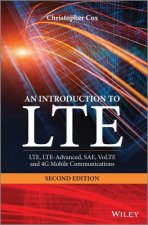
Introduction to LTE - LTE, LTE-Advanced, SAE, VoLTE and 4G Mobile Communications, 2e
2378 Kč -

US Spy Satellite Owners' Workshop Manual
818 Kč -

Build Your Own Transistor Radios
1455 Kč -
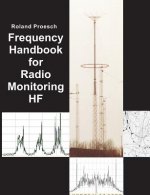
Frequency Handbook for Radio Monitoring HF
1559 Kč -
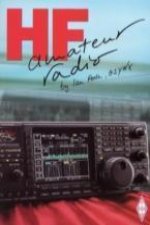
HF Amateur Radio
372 Kč -

4G, LTE-Advanced Pro and The Road to 5G
2936 Kč -
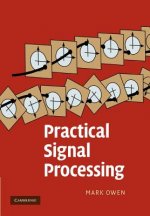
Practical Signal Processing
1476 Kč -
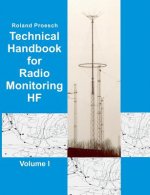
Technical Handbook for Radio Monitoring HF Volume I
1628 Kč -
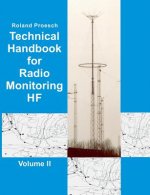
Technical Handbook for Radio Monitoring HF Volume II
1628 Kč -

Birth of British Radar
325 Kč -
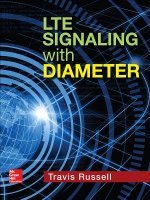
LTE Signaling with Diameter
2969 Kč -

EPC and 4G Packet Networks
2944 Kč -
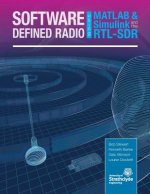
Software Defined Radio Using MATLAB & Simulink and the RTL-SDR
1754 Kč -

Fundamentals of Statistical Signal Processing
4701 Kč -

Radar Equations for Modern Radar
4383 Kč -

Essential Guide to Telecommunications, The
1511 Kč -

Digital Radio DAB+
2126 Kč -
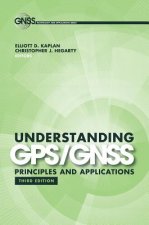
Understanding GPS/GNSS: Principles and Applications
4780 Kč -

Asterisk For Dummies
701 Kč -

Data and Computer Communications
2446 Kč -
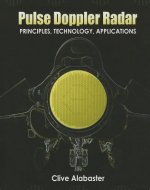
Pulse Doppler Radar
4240 Kč -

Open Radio Access Network (O-RAN) Systems Architecture and Design
3659 Kč -

Fundamentals of the Radiolocation and Radionavigation
3648 Kč -
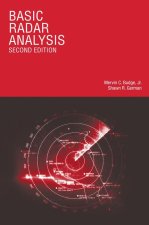
Basic Radar Analysis, Second Edition
4811 Kč -

UAV Networks and Communications
4817 Kč -
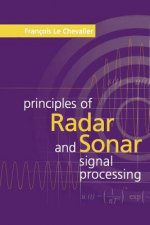
Principles of Radar and Sonar Signal Processing
4643 Kč -
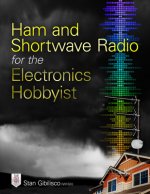
Ham and Shortwave Radio for the Electronics Hobbyist
756 Kč -
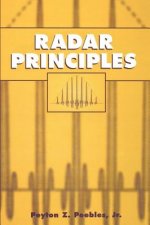
Radar Principles
8430 Kč -

Logic Pro 9
1218 Kč -

Synchronization in Digital Communication Systems
3631 Kč -

Audio Engineering Explained
1851 Kč
Osobní odběr Praha, Brno a 12903 dalších
Copyright ©2008-24 nejlevnejsi-knihy.cz Všechna práva vyhrazenaSoukromíCookies


 Vrácení do měsíce
Vrácení do měsíce 571 999 099 (8-15.30h)
571 999 099 (8-15.30h)